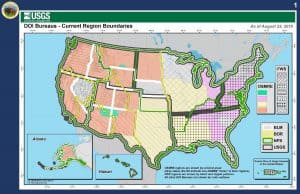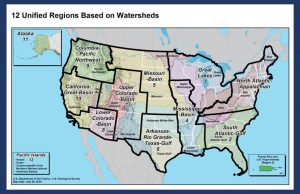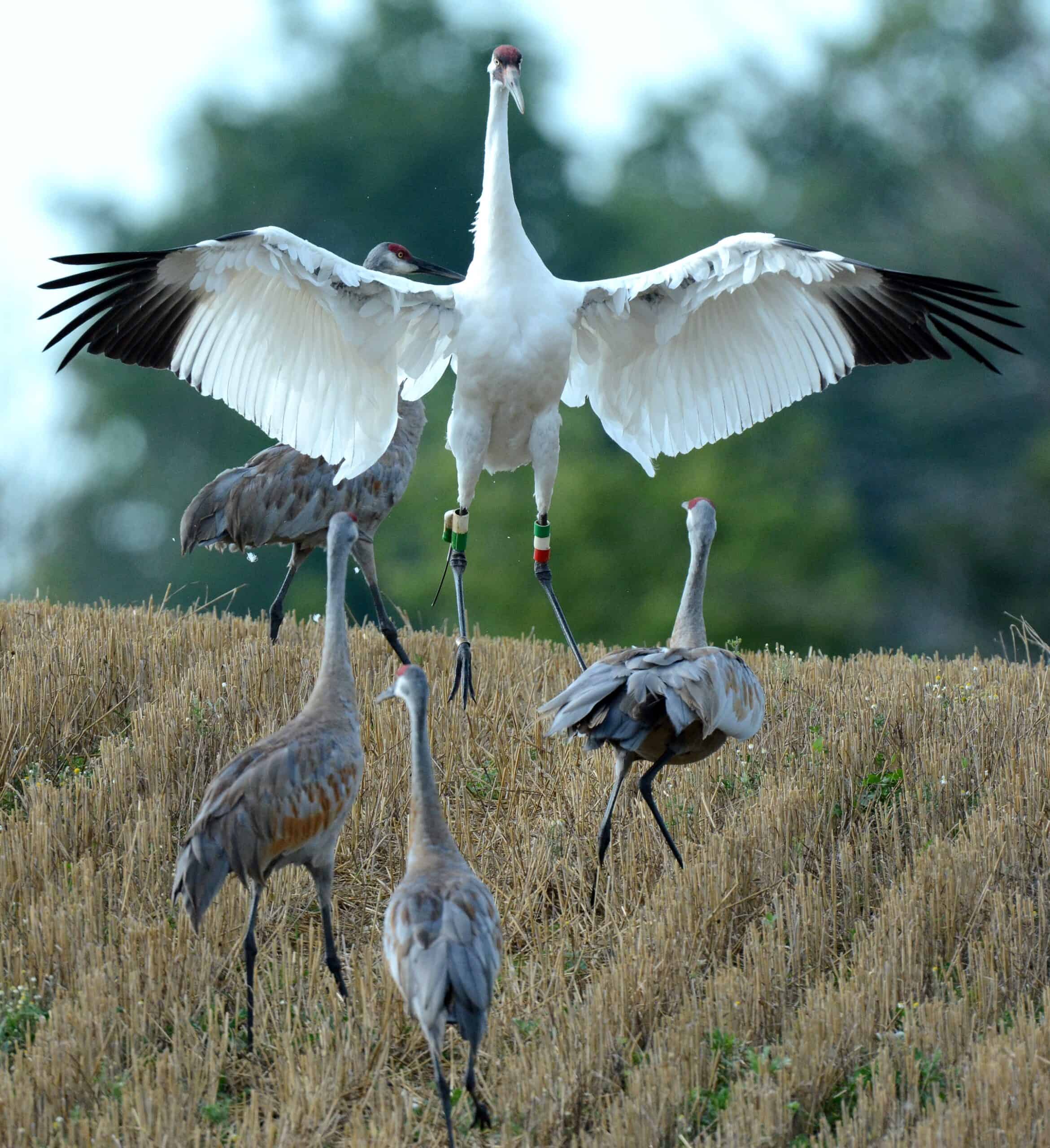Share this article
Interior reorganization continues with release of final map
In 2017, the White House announced plans to streamline government agencies and increase efficiency. That included reorganizing the Interior Department so that most of its bureaus would follow the same regional lines. Currently, DOI has eight bureaus with 49 different regions.
Officials said the impetus behind the reorganization was to modernize the department, shift resources to the field and away from Washington and improve interagency coordination and collaboration.
Last week, Interior released additional information about the transition to 12 unified regions, along with a final map showing the new regional boundaries. In the next few weeks, the department expects to initiate steps to align itself into the 12 new regions.
In late 2017, witnesses at a Congressional hearing were generally supportive of efforts to streamline government and increase efficiency, but they were leery about the lack of detail then available about the reorganization. In January, the reorganization became more concrete as Interior official hosted meetings and calls with state governors, local governments and external stakeholders to discuss a draft map of the Unified Regional Boundaries concept. That map showed 13 administrative regions. A revised map released in March also consisted of 13 regions. Last week’s map shows 12 regions, largely based on watersheds and adapted to fit political boundary lines.

These are the Interior Department’s current regional boundaries. ©USGS
Additional information released last week provides further details about the administrative structure for the new scheme. In each new region, Interior will create a “regional leadership team” of Senior Executive Service members from each bureau. Each team will select a regional facilitator. These teams will work toward identifying the “as is” and “future state” operations for their region. A new Interior Regional Director will be chosen for each region from existing bureau SES leaders to coordinate functions shared by more than one bureau in the region but will not have line authority or budget authority.
The reorganization also calls for shifting “some headquarters resources in the Bureau of Land Management and U.S. Fish and Wildlife Service west to an as yet unidentified location in order to gradually establish western headquarters for those agencies,” according to the FAQs released by DOI. Some Bureau of Reclamation headquarters positions would transfer to Denver, which already houses some of its central functions.

These are the 12 unified Interior Department regions based on watershed. ©USGS
Interior officials say none of the department’s 70,000 employees will be required to move during the initial phases of the reorganization, but full implementation will likely require reassignment of employees at some point, and some level of Congressional authorization.
More information is available on the Interior Department website and newly updated FAQ page. Stakeholders who wish to offer feedback can do so online or via email to reorg@doi.gov.
Header Image: The Interior Department is reorganizing itself into 12 unified regions based on watersheds. ©Prayitno








